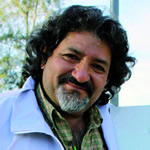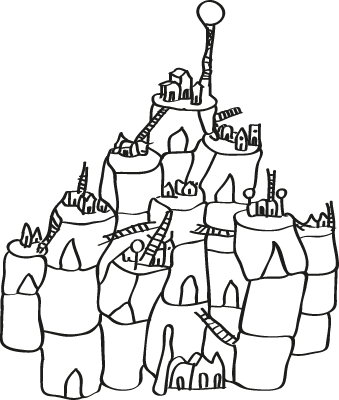|
Born in 1959 in Delfín Gallo, Cruz Alta, Province of Tucumán, Argentina. Studied at the Fine Arts and Industrial School of the Technological National University, and also has a Bachelor’s Degree in Fine Arts, Drawing specialty, in the same University.
Constests and Symposiums
• 2013
19th Sculpture Contest “Nono in Arts”, Córdoba.
9th International Wood Sculpture Contest, Unquillo, Córdoba.
2nd Phase Solano Project, Termas de Río Hondo, Santiago del Estero, Argentina.
1st Sculptors National Contest in El Impenetrable, Castelli, Chaco, under coordination of Urunday Foundation.
2nd Contest of Sculptors and Muralists, Villa El Chacay, Córdoba.
• 2012
1st Wood Sculpture International Symposium Sculpture, Cajamba 2012, Perú.
4th Sculptors Meeting in Frías, Santiago del Estero.
2nd Metal Sculpture National Contest, Marcos Juarez, Córdoba.
• 2011
2nd Sculpture Contest in Miramar, Buenos Aires. Subject: Sixth Station of the Way of the Cross.
19th Stainless Steel International Symposium, Tultepec, México.
Awards
• 2013 – 2nd prize. Sculptors award. Work: “Selk Nam Initiation Ritual”.
• 2012 – 2nd prize. Sculptors International Symposium, Cajamba, Perú.
• 2007 – Sculptors Award. Work: “Tribute to the Selk Nam”.
• 2007 – City of Tolhuin Award. Work: “Tribute to the Selk Nam”.1st National Wood Sculpture Contest, Tolhuin, Tierra del Fuego.
• 2006 – Town of Hasenkamp People Award. Work: “Man of the Countryside”
• 2005 – 3rd mention. 3rd National Wood Sculptors Contest, General San Martín, Chaco.
• 1998 – Secretariat of Culture Award. 2nd Small Size Sculpture Hall. Villa Carlos Paz, Córdoba.
Work: “Zafrero neighborhood”
Sugarcane, along with sugar mills, was one of the most important single crop farming in the Argentinean economy.
Many sugar harvesters travelled from all over the country to the northwest area of Argentina to work in the sugar harvest, and there they built their homes. My work is nourished with those images, the sugarcane as a symbol of progress but also of suffering, their shanty homes and stairs as a symbol of improvement and progress of man.
|






